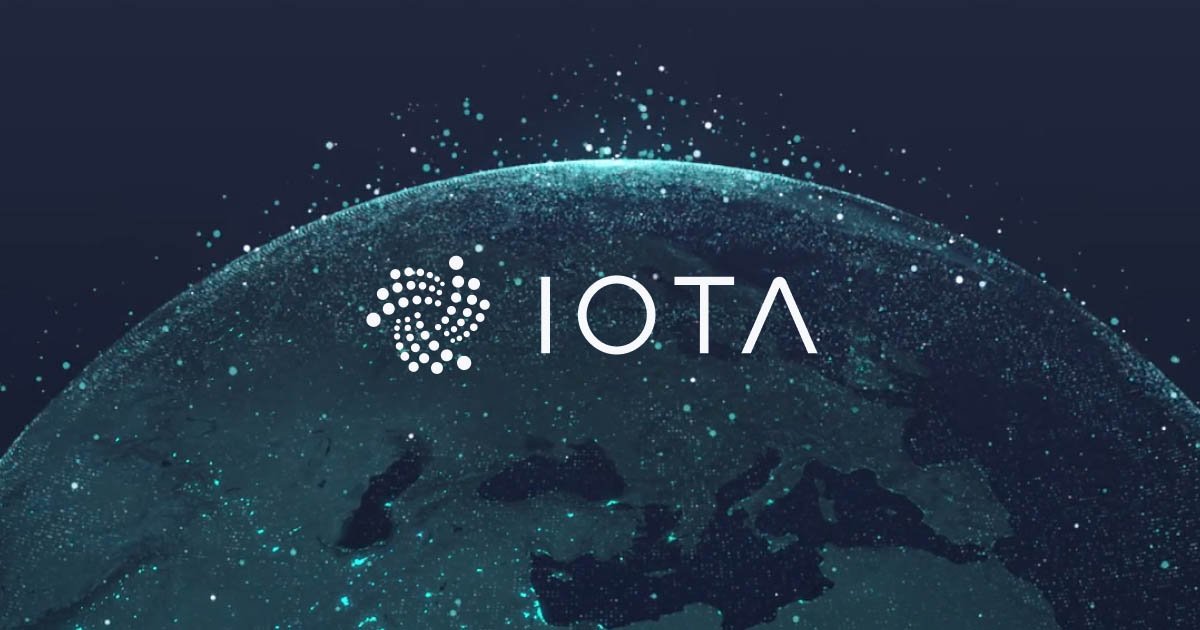IOTA 2.0 Unveiled: Weekly Updates Signal Blockchain Evolution

- IOTA 2.0 development gains momentum with weekly updates from ID.iota.
- Autopeering mechanism refined, paving the way for a more efficient IOTA network.
In the ever-evolving landscape of blockchain technology, IOTA 2.0 is making waves with its commitment to weekly updates, spearheaded by ID.iota. This fresh approach comes after a period of anticipation within the IOTA community, which has been eagerly awaiting more frequent insights into the project’s progress.
One of the key milestones highlighted in the recent updates is the significant progress made in adjusting the autopeering mechanism. For those unfamiliar with this term, autopeering is a critical component of any node’s ability to participate effectively in the IOTA network. Essentially, it enables a node to autonomously discover and maintain a concise list of “neighbor” nodes for seamless communication. This complex process is vital for ensuring the integrity and real-time status of the ledger. For those seeking a deeper dive into this technical aspect, the IOTA Wiki provides a comprehensive resource.
Autopeering Adjustment: Strengthening the Backbone of IOTA
The most recent update from ID.iota holds particular importance for the autopeering process. Issue #39 on GitHub, dedicated to autopeering adjustments, has been a focal point for the development team. The good news is that this challenge has been successfully overcome. Pull request #316, aptly titled “AUTOPEERING & NETWORK STACK AND PROTOCOL FLATTENING,” was recently closed, marking a significant milestone. This achievement underscores the dedication to refining the IOTA network’s efficiency, making it more robust and adaptable for the future.
With these remarkable technical advancements, it’s clear that IOTA 2.0 is on the cusp of a groundbreaking release. As the countdown to the launch begins, ID.iota’s promise of weekly updates ensures that the IOTA community remains well-informed and excited about the forthcoming evolution of the IOTA blockchain.











